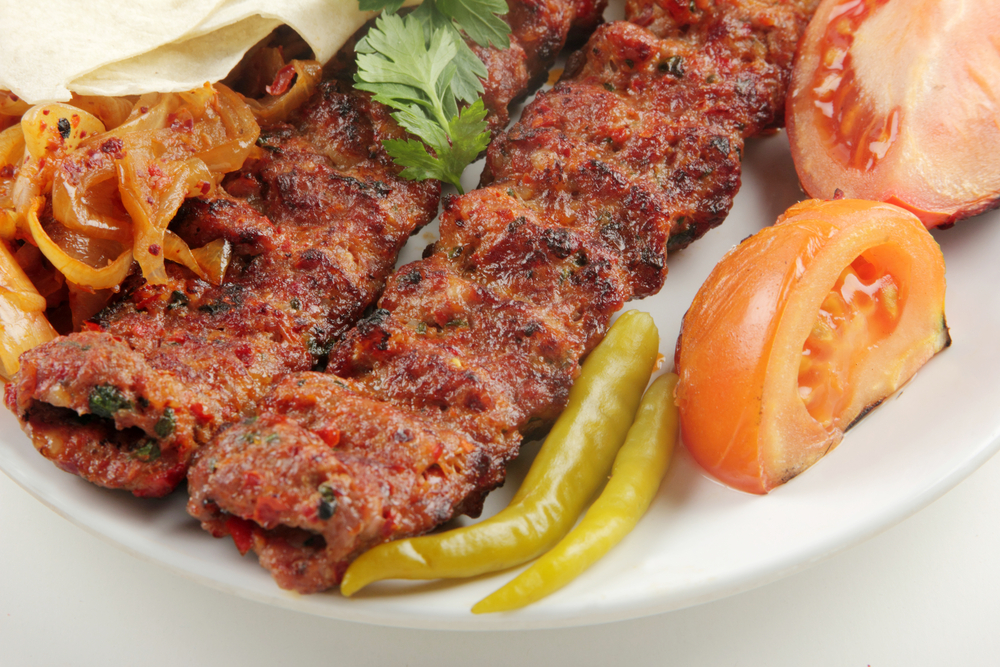The gastronomic practices of Indigenous peoples are a colorful mosaic of tastes, heritage techniques, and narratives handed down across time. These traditions expose a sacred bond with the environment, introducing distinctive components and age-old cooking styles that honor both nature and ancestral legacies. In this exploration, we beckon you to a flavor-filled voyage into the heart of indigenous gastronomy. Join us as we unfold the wide-ranging, full-bodied essence of indigenous cuisines, from their foundational elements and cooking customs to the deep-seated cultural relevance of their foods.

- Foundational Elements
Wild Harvests: Journey into the bounty of nature as we introduce you to the foraged treasures—mushrooms, berries, herbs—that have been a staple in indigenous foraging traditions.
Cornerstone Components: Unveil the quintessential substances that underpin indigenous cookery, from maize, legumes, and squash to wild grains and tubers, essential for their sustaining qualities.
- Culinary Craftsmanship
Flame-based Preparation: Immerse yourself in the time-honored craft of flame-based cooking, a central practice within numerous indigenous cultures, that imparts a distinctive smoky essence to the cuisine.
Subterranean Baking: Familiarize yourself with the time-tested method of earth oven baking, wherein edibles are encased beneath the ground and cooked leisurely, yielding succulent and aromatic outcomes.
III. Cultural Meaning of Cuisine
Nourishment and Healing: Examine the health-promoting traits of indigenous dishes as many are not just palatable but also serve medicinal roles.
Culinary Rituals: Engage with the profound societal and spiritual connotations of meals within indigenous rituals and festivities, where they play a pivotal part in reinforcing kinship, expressing gratitude, and maintaining sacred ties to forebears.
- Diverse Expressions and Traditions
Native North American Fare: Take an expedition through the rich tapestry of Native American food customs, ranging from the delicate flavors of Pacific Northwest’s salmon to the robust bison-centric dishes from the Great Plains.
Global Indigenous Tastes: Venture into the distinctive tastes and ingredients characteristic of indigenous foods worldwide, including Maori preparations in New Zealand and Aboriginal feasts in Australia.
- Cherishing Indigenous Gastronomy
Cultivation of Indigenous Food Knowledge: Learn about the movements dedicated to the rejuvenation of indigenous sustenance systems, the endorsement of food autonomy, and protecting the cultivation of endemic ingredients.
Gastronomic Exchange and Education: Delve into initiatives aimed at fostering intercultural culinary liaisons, establishing stages for indigenous culinarians, and enlightening the masses on the pivotal value of indigenous cuisine traditions.
Indigenous culinary customs constitute an elaborate reserve of tastes, craftsmanship, and significances that call for celebration and preservation. As we delve into traditional elements, culinary arts, the profound importance of foods, and their regional expressions, we cultivate deeper insight and reverence for the depth and variety of indigenous gastronomy. Let us acknowledge and champion these gastronomic practices, backing projects that favor sustainability, safeguard ancestral wisdom, and build venues for indigenous communities to parlay their gastronomic patrimony. By cherishing and revering these practices, we uplift the dynamic array of indigenous tastes and bolster the ongoing recognition and fortitude of their food traditions for future lineage.







